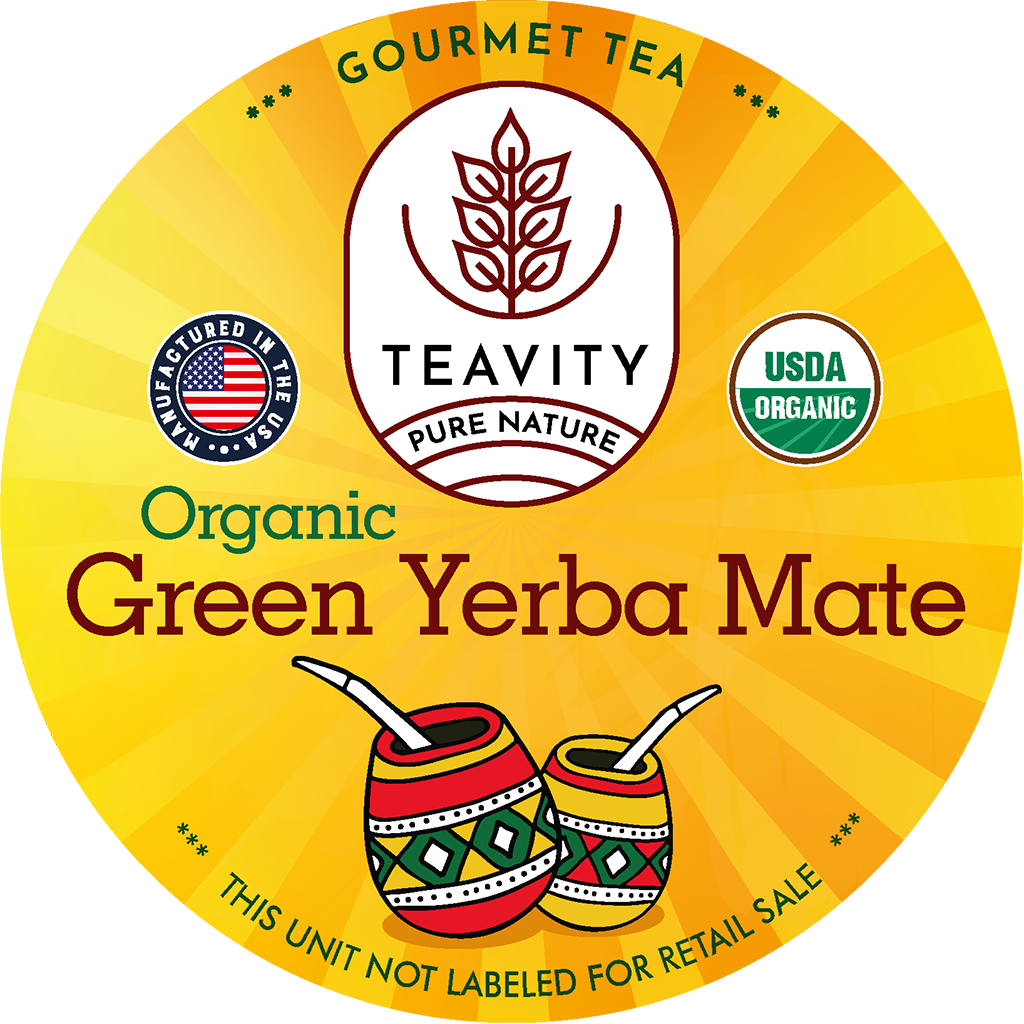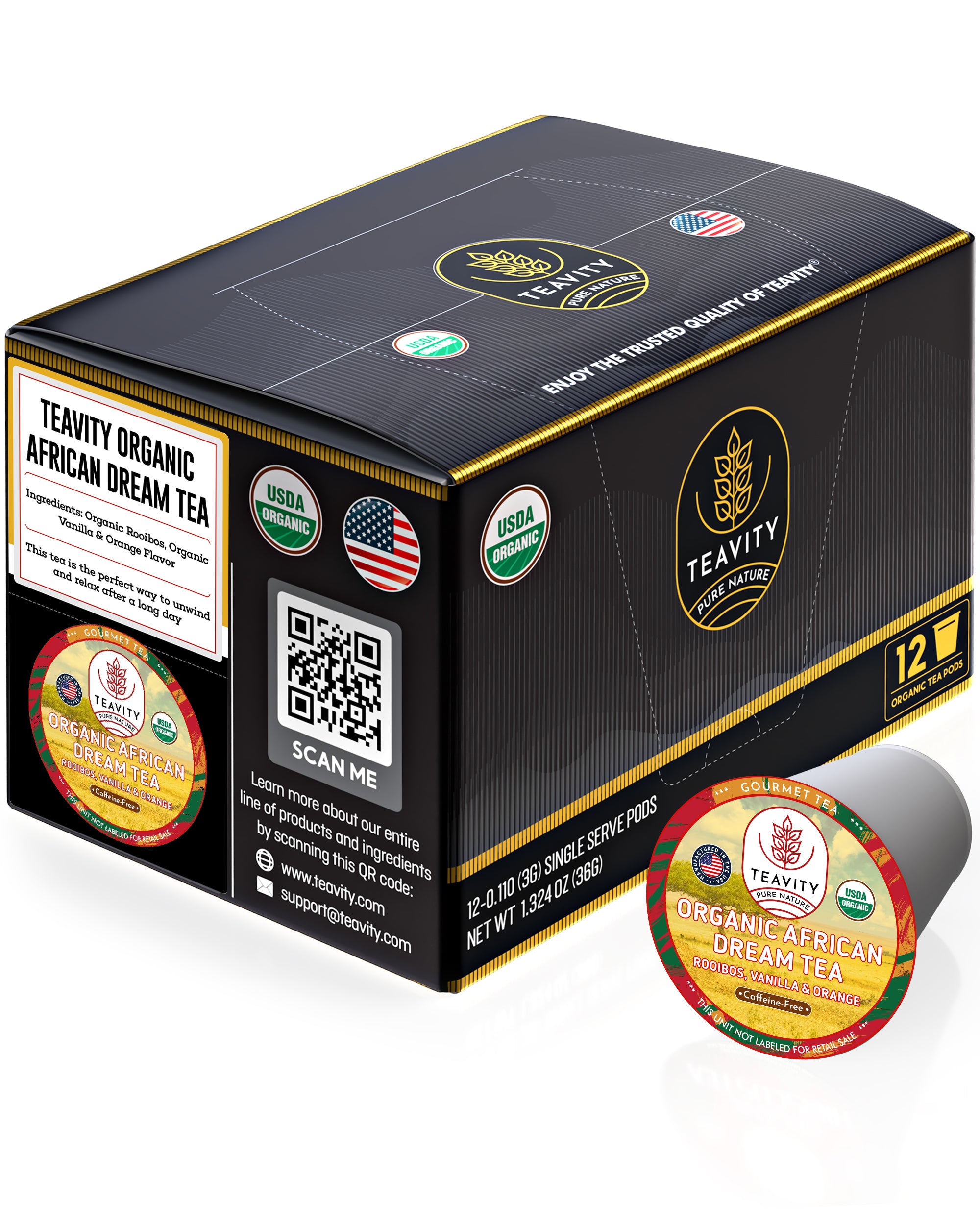
How Does Hibiscus Tea Lower Blood Pressure?
Manage Hypertension Naturally: The Power of Hibiscus Tea
High blood pressure, or hypertension, is a prevalent condition affecting millions worldwide. While medications are commonly prescribed, natural remedies like hibiscus tea have gained attention for their potential in managing blood pressure. In this article, we will explore how hibiscus tea can help lower blood pressure and provide practical tips for incorporating it into your routine.
Understanding Blood Pressure and Hypertension:
Blood pressure is the force exerted by blood against the walls of blood vessels. Hypertension occurs when this force is consistently too high, putting strain on the heart and increasing the risk of various health issues. Natural remedies are often sought to complement conventional treatments, and hibiscus tea is one such option.
The Link Between Hibiscus Tea and Lowering Blood Pressure:
Hibiscus tea has been used in traditional medicine for centuries, particularly in regions such as Egypt and Sudan. Recent research has highlighted its potential in lowering blood pressure. The tea contains bioactive compounds, including anthocyanins and flavonoids, which may contribute to its antihypertensive effects.
Mechanisms of Action:
Hibiscus tea appears to lower blood pressure through several mechanisms. Firstly, it may inhibit the production of an enzyme called angiotensin-converting enzyme (ACE), which constricts blood vessels and raises blood pressure. Secondly, it may enhance nitric oxide production, promoting vasodilation and improving blood flow. Lastly, it may have diuretic properties, helping to reduce excess fluid in the body.
Studies and Evidence:
Numerous studies have investigated the effects of hibiscus tea on blood pressure. For example, a study published in the Journal of Hypertension found that consuming hibiscus tea daily for six weeks led to a significant decrease in both systolic and diastolic blood pressure. Other studies have reported similar findings, supporting the potential of hibiscus tea as a natural remedy for hypertension.
How to Incorporate Hibiscus Tea into Your Routine:
Adding hibiscus tea to your daily routine is a simple and enjoyable process. Start by brewing the tea using dried hibiscus petals or pre-packaged tea bags. Steep it in hot water for around 5-10 minutes, then strain and enjoy. You can consume it hot or cold, and it can be sweetened with honey or other natural sweeteners if desired. Aim for 2-3 cups per day for optimal benefits.
Precautions and Side Effects:
While hibiscus tea is generally safe for most people, it's essential to exercise caution. Avoid consuming large amounts, as it may cause stomach upset or interact with certain medications. If you are pregnant, breastfeeding, or have underlying medical conditions, it's advisable to consult your healthcare provider before incorporating hibiscus tea into your routine.
Conclusion:
Hibiscus tea offers a natural and refreshing approach to managing blood pressure. Scientific studies have supported its potential to lower blood pressure through various mechanisms. By incorporating hibiscus tea into your daily routine, you can take a proactive step toward maintaining a healthy blood pressure level. Embrace the power of this beautiful flower and discover its health benefits for yourself.


















